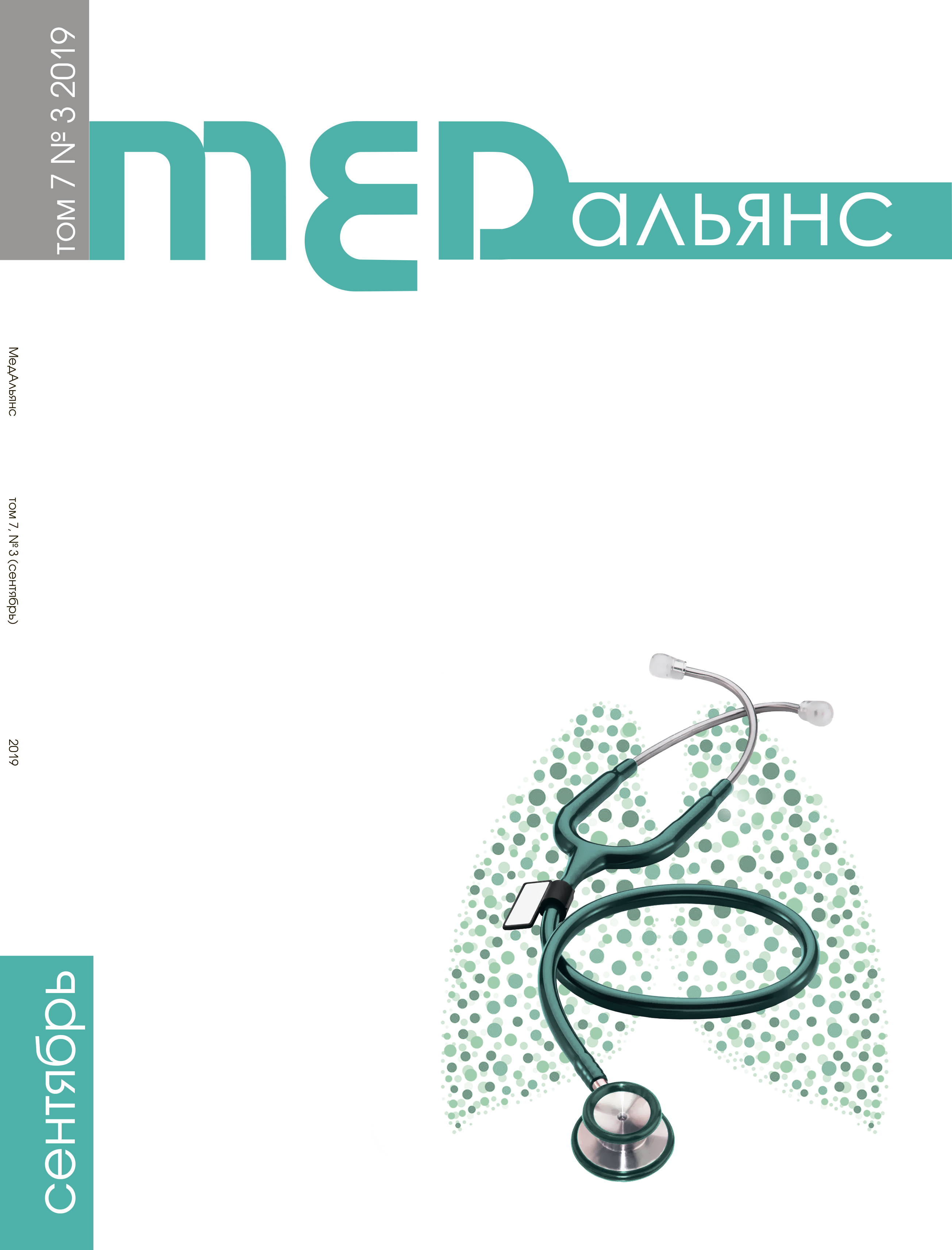Abstract
Improving the effectiveness of treatment of pulmonary tuberculosis has not only practical, but also epidemic importance. Inhalation therapy using a solution of hydroxymethylhinoxilindioxide + isoniazid may improve the results of complex treatment of pulmonary tuberculosis with lesions of the bronchi with various sensitivity of mycobacteria. Materials and methods. This study presents the results of treatment of 99 patients with pulmonary tuberculosis with bronchial lesions and different drug sensitivity of mycobacteria, who underwent complex treatment with the inclusion of inhalation therapy using a solution of hydroxymethylquinoxalindioxide + isoniazide (SHI). Patients were divided into groups for the use of SHI (43 patients received in the scheme of polychemothe rapy inhalations with SHI (group I) and 56 patients were in the control group (group II) and were treated without the inclusion of inhalations with this drug in the complex therapy. Next, subgroups were formed according to the drug sensitivity of mycobacteria. The effectiveness of treatment was evaluated by the end of the first and sixth months of the main course of anti-tuberculosis therapy. The ?2 criterion or Fisher's exact criterion were used to assess the differences in qualitative characteristics. P?0.05 was considered statistically significant. Results of the study. The obtained results demonstrate the possibility of improving the results of treatment with SHI inhalations in the cases of specific bronchi lesions and preserved drug sensitivity of MBT by the end of the first month of treatment in 85.7% of cases (IA), which is significantly higher than without it (40.9%, IIA). The result obtained by the end of the first month of treatment is accompanied not only by more frequent cessation of bacterial excretion in this subgroup according to microscopy data (83.3% (IA) vs. 73.5% (IIA), but also significantly often accompanied by positive radiological dynamics (41.7% (IA) vs. 17.6 (IIA). The effectiveness of treatment at the end of six months in IA subgroup was 87.5%, while in the compa rison group — 73.5% (IIA). At the same time, the number of adverse events that were registered during therapy did not exceed 9.3%. Significant differences in patients with bronchial lesions with pulmonary tuberculosis with multidrug-resistant mycobacteria (MDR-TB) when using SHI inhalations and without them were not revealed (63.2% vs. 54.5% of cases). Conclusions: the use of SHI inhalations is most effective in bronchial lesions in tuberculosis patients with preserved drug sensitivity of MBT, which contributes to a positive effect in 87.5% of cases, which is higher than the treatment of patients without the use of SHI inhalations (73.3%). The high efficiency of treatment with the use of SHI inhalations was not obtained in patients with lesions of the bronchi and pulmonary TB with MDR of MBT.

